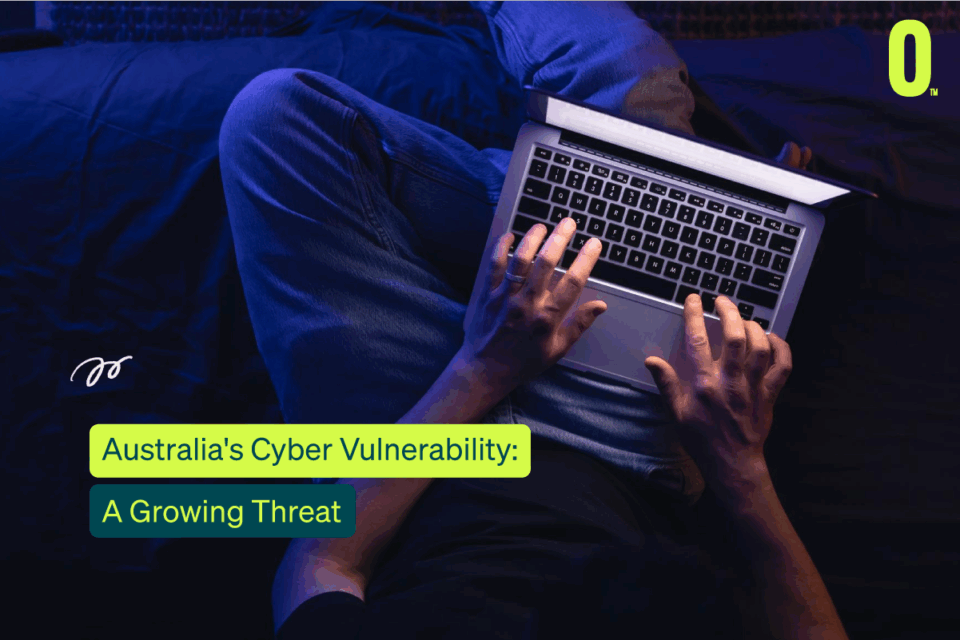
In an era where cyber threats are more sophisticated and persistent than ever, traditional perimeter-based security models are no longer sufficient. The rise of remote work, cloud computing, and hybrid environments has exposed critical vulnerabilities in legacy systems. Enter Zero Trust Security, a transformative approach that is rapidly becoming the gold standard for modern cyber defense.
What Is Zero Trust Cyber Security?
At its core, Zero Trust is a security framework that operates on a simple principle: “Never trust, always verify.” Unlike traditional models that assume everything inside the network is safe, Zero Trust treats every user, device, and application as potentially compromised, regardless of location or credentials.
This means:
- No implicit trust is granted to internal or external entities
- Continuous verification is required for access to resources
- Least privilege access is enforced across the board
Why Zero Trust Matters Now
The digital landscape has changed dramatically:
- Remote work has become permanent for many organizations
- Cloud adoption is accelerating, with sensitive data stored across multiple platforms
- Cyberattacks are growing in frequency and complexity, targeting identity, endpoints, and supply chains
According to Gartner, by 2026, 60% of organisations will embrace Zero Trust as a foundational security strategy, up from just 10% in 2022.
Key Components of a Zero Trust Architecture
Implementing Zero Trust is not a one-size-fits-all solution, it involves a layered approach across several domains:
- Identity and Access Management (IAM)
Multi-factor authentication (MFA)
Role-based access control
Continuous identity verification - Device Security
Endpoint detection and response (EDR)
Device posture assessment
Secure mobile access - Network Segmentation
Microsegmentation to isolate workloads
Encrypted communications
Real-time traffic monitoring - Application Security
Secure access to SaaS and internal apps
API protection
Runtime application self-protection (RASP) - Data Protection
Data classification and encryption
Context-aware access policies
Real-time data loss prevention (DLP)
Benefits of Zero Trust
- Reduced attack surface that limits lateral movement within networks
- Improved compliance with regulations like GDPR, HIPAA, NIST, Essential 8
- Enhanced visibility into user and device behavior
- Future-proof security that adapts to evolving threats and hybrid environments
Challenges and Considerations
While the benefits are clear, Zero Trust implementation can be complex:
- Requires organisational buy-in across departments
- Demands integration with existing infrastructure
- Needs ongoing monitoring and policy updates
Partnering with experienced vendors and leveraging automation can ease the transition.
Final Thoughts
Zero Trust is not just a cybersecurity buzzword, it is a strategic imperative. As digital ecosystems grow more interconnected and vulnerable, adopting a Zero Trust mindset is essential for safeguarding data, maintaining customer trust, and ensuring business continuity.
For tech leaders, this is more than a technical shift, it is a brand promise. In a world where trust is earned through security, Zero Trust is how you deliver it.
managed it support articles
Related Blog Articles
Discover more insights to optimise your business with the latest IT trends and best practices. Stay ahead of the curve by learning how to leverage cutting-edge technology for success. Explore expert advice and valuable guidance to navigate the evolving world of IT solutions



